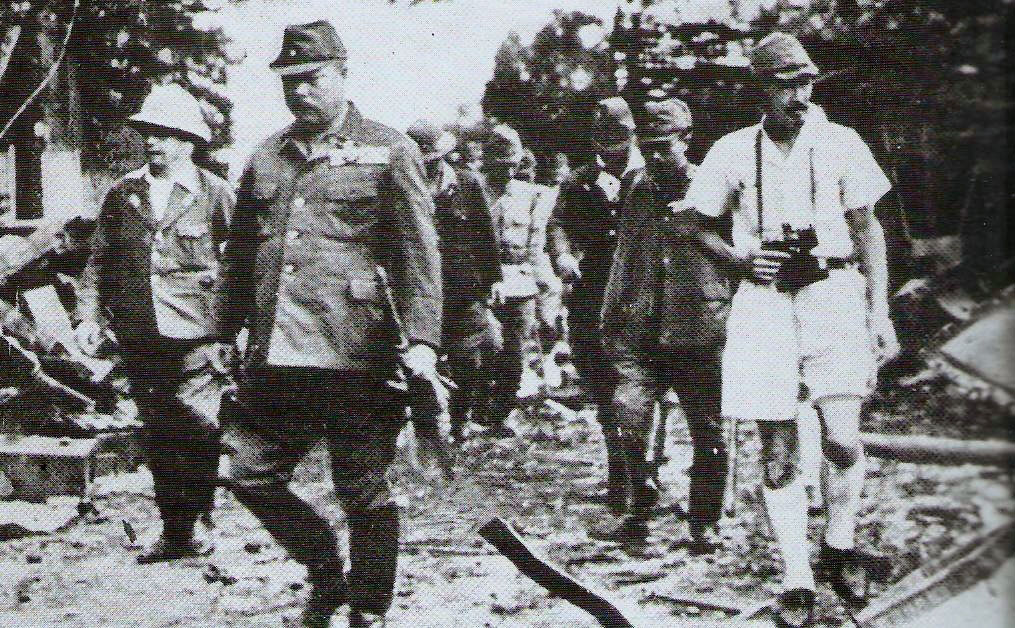In 1940, Singapore was rocked by a spy scandal featuring drunk, kimono-clad British servicemen, "geisha girls," prostitutes, a young English woman suspiciously linked to a suave, bespectacled Japanese press attache and the attache himself, Mamoru Shinozaki.
The latter found himself in Singapore's High Court dock in October 1940, defending charges of espionage. Evidence presented at his trial revealed Shinozaki's modus operandi: Frequenting bars and Young Women's Christian Association dances, he enticed young soldiers to join him for parties at Japanese restaurants or at the home of his English woman friend, then asked them odd questions about British military affairs.
For all of his sophistication and English fluency, Shinozaki was no Japanese James Bond. His haunts were dance halls, not exclusive clubs or garden parties, and his marks were humble corporals at best, not officers — or their wives. In spite of Shinozaki's generosity with cash, alcohol and paid-for assignations with prostitutes, these men did not provide any high quality intelligence. Eventually, Shinozaki's activities aroused suspicion, and his work as a tour guide for two Japanese military officers, who took a suspicious interest in the state of Singapore's military defenses, finally prompted the British authorities to arrest him. Following his trial, he was sentenced to over three years imprisonment at Singapore's Changi Jail.


















With your current subscription plan you can comment on stories. However, before writing your first comment, please create a display name in the Profile section of your subscriber account page.